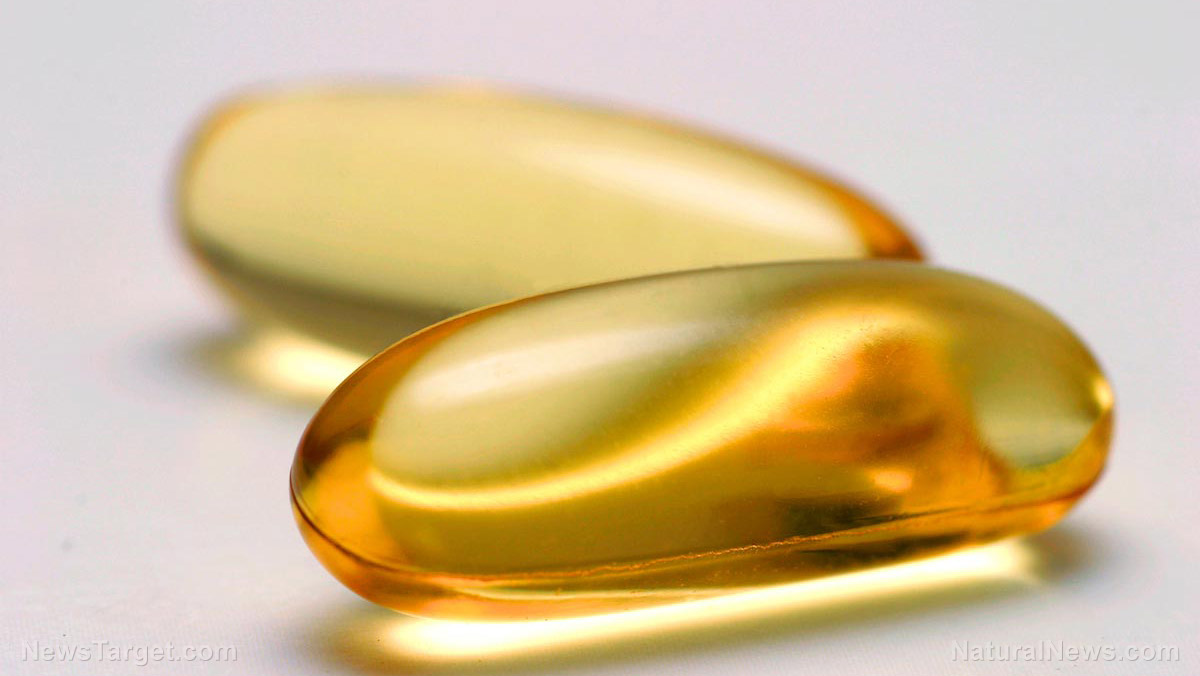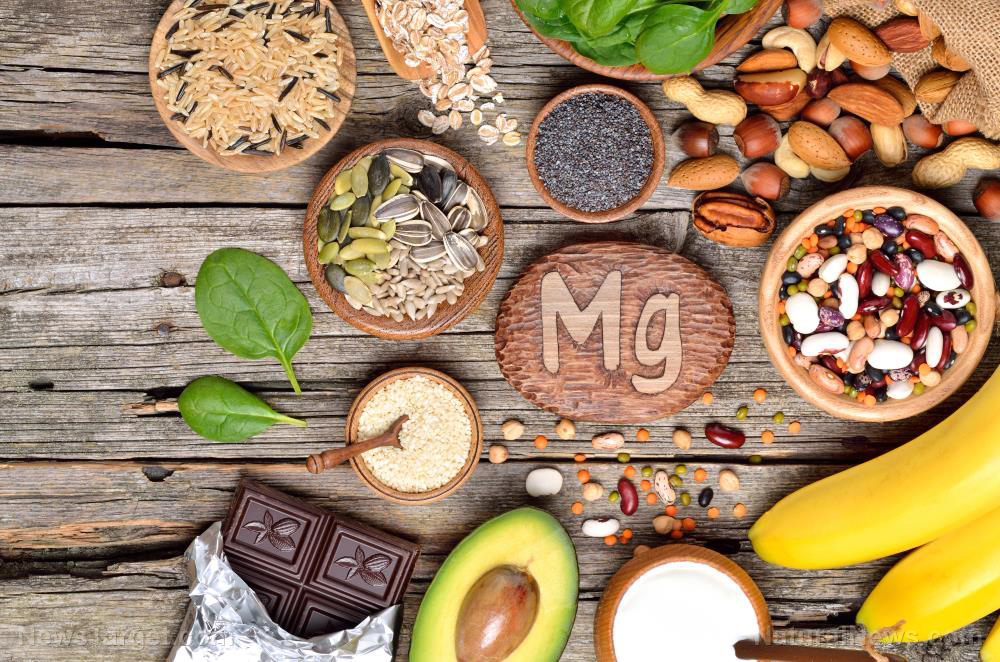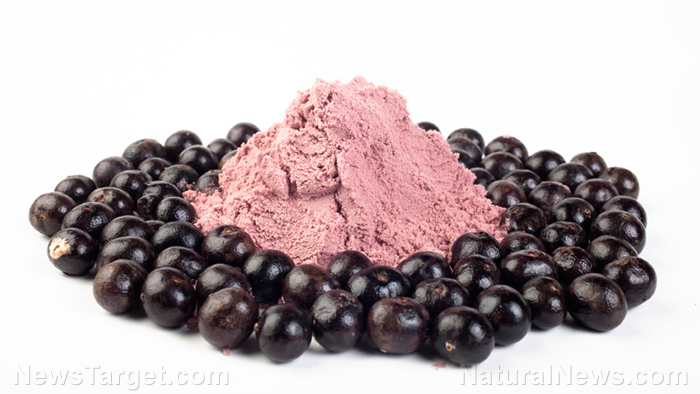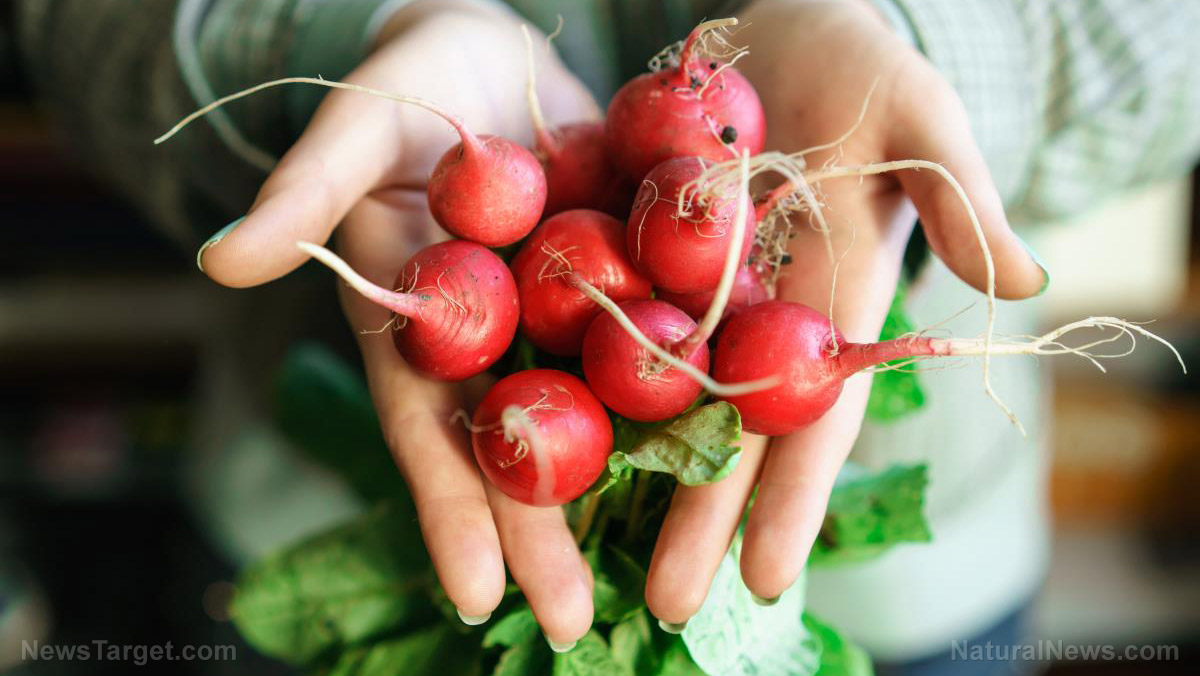 Parler
Parler Gab
Gab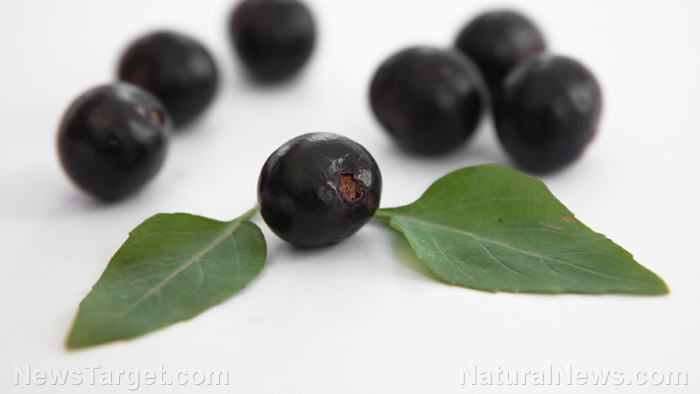
What are acai bowls?
Acai bowls are made from pureed acai berries that are grown in Central and South America. The berries are 1-inch (2.5 cm) round fruits that grow on acai palm trees, with dark purple skin and yellow flesh surrounding a large seed. Like apricots and olives, acai "berries" contain pits, meaning they’re technically drupes. Acai berries taste like blackberries with a hint of unsweetened chocolate. Fresh acai berries have a short shelf life, but they're sold as a frozen fruit puree, dried powder or pressed juice. Acai bowls are served as a smoothie in a bowl or glass. The bowls are usually topped with assorted fruits, nuts, seeds or granola.Acai bowls are nutritious... if you use the right ingredients
The nutrition profile of an acai bowl will vary depending on what's in it. An acai bowl made with whole ingredients can be a great source of antioxidants, dietary fiber and essential nutrients like manganese, potassium and vitamin C. You can expect a 6 ounce (170-gram) acai bowl to contain the following nutrients:- Calories – 211
- Carbs – 35 grams
- Dietary fiber – 7 grams
- Fat – 6 grams
- Protein – 3 grams
- Sugar – 19 grams
Acai bowls are full of antioxidants
Acai berries are naturally rich in antioxidants that can help neutralize free radicals associated with cell damage. Results of test-tube studies suggest that acai berries are rich in plant antioxidants called anthocyanins, particularly cyanidin 3-glucoside and cyanidin 3-rutinoside. Meanwhile, another study has found that eating acai pulp and applesauce can help increase your blood antioxidant levels within 24 hours. According to both human and animal studies, consuming acai berries may help lower blood cholesterol levels, improve brain function and prevent the growth of colon cancer cells, thanks to their antioxidant content.Considerations when preparing acai bowls
Typical acai bowl recipes include toppings like fruits, nuts, seeds and granola. These ingredients are nutritious when eaten on their own. But if you're making an acai bowl at home, you may end up using too many toppings and turn a nutritious snack into a sugar bomb. Additionally, consuming acai bowls can be bad for you if you buy them pre-made. Acai bowls bought from stores and restaurants are often sold in large portion sizes, which may contain two to three servings in a single bowl! If you buy an acai bowl for lunch each day, you may be consuming more calories than you expend, and this can cause gradual weight gain. Commercially prepared acai bowls are also full of added sugar and other harmful ingredients. A diet full of sugar is linked to a greater risk of developing heart disease, liver problems and Type 2 diabetes. According to the most recent Dietary Guidelines for Americans, you should limit your daily added sugar intake to less than 12 teaspoons if you're following a 2,000-calorie diet. This is equal to about 48 grams of sugar. Note that a six-ounce (170-gram) acai bowl already contains at least 11 grams of added sugar, which is 23 percent of the total daily limit.Tips for making healthy acai bowls
Manage your sugar intake by making acai bowls at home. To make a healthy base, blend unsweetened, frozen acai puree or acai powder with some water or milk. Next, add toppings like sliced fruit, cacao nibs or coconut flakes. To feel full longer, add nuts, seeds or nut butter to boost the protein content of your acai bowl. Add toppings moderately and limit the use of high-calorie ingredients if you want to lose weight. To make a nutrient-rich acai bowl, blend some greens like kale or spinach into your base. Here are some acai bowl recipes to try at home. Banana-kiwi acai bowl This recipe combines acai berries with kiwi, blueberries, bananas and nuts. Ingredients for 2 servings:- 1 cup of fresh or frozen blueberries
- 3.5-oz package of frozen acai pulp
- 2 ripe bananas, cut into 1-inch chunks and frozen for at least two hours
- 1 kiwi, peeled and sliced
- 4-5 tablespoons of water
- 2 tablespoons of cocoa nibs
- 2 tablespoons of sliced almonds, toasted
- 2 tablespoons of unsweetened coconut, toasted
- 1 tablespoon of honey
- Place the acai pulp, frozen banana chunks and honey in a food processor or high-powered blender. Process until smooth and scrape down the sides as needed. Add more water to make it soft and easy to scoop.
- Pour the mixture into two bowls. Top with the remaining ingredients before serving.
- 1/4 cup of pitted dates
- 1 medium to large banana, frozen
- 1/2 medium avocado
- 1/2–1 cup of unsweetened almond milk
- 2 tablespoons of cocoa powder or raw cacao
- 1 teaspoon of vanilla extract
- A pinch of salt
- Dark chocolate chips, coconut, granola, fruit, nuts or seeds (optional toppings)
- Place the dates in a small bowl. Pour enough boiling water into the bowl to fully cover the dates and let them soak for 10 minutes. Drain the dates.
- In a blender, place the soaked dates, banana, avocado, half a cup of milk, cocoa powder, vanilla and salt. Blend until smooth. Add more milk until you get your desired consistency.
- Pour the smoothie into a bowl and add toppings before serving.
- 2 packets of frozen, organic and unsweetened acai berries
- 1 1/2 medium ripe bananas, sliced and frozen
- 3 tablespoons of peanut butter powder (or your preferred nut butter.)
- 1/4 - 1/2 cup of unsweetened coconut, almond, rice (or other non-dairy milk)
- 1 cup of spinach, frozen (optional)
- 1/2 medium banana, sliced
- 2 tablespoons of shredded unsweetened coconut
- 2 tablespoons of sunflower seeds/hemp seeds
- Pour the frozen acai, frozen banana, peanut butter powder (or nut butter) and 1/4 cup of dairy-free milk into a high-speed blender. Add the spinach if you're including the leafy greens.
- Blend on low and use a wand to push the fruit down. Continue blending and scrape the sides as needed. Add dairy-free milk if you prefer a thicker smoothie.
- Taste and adjust the flavor as needed. Acai has a subtle flavor and is slightly tart, so aim for a flavor that resembles a peanut butter banana smoothie.
- Divide the smoothie between two serving bowls.
- Garnish with desired toppings before serving.
Supplementing with vitamin D found to improve blood pressure in overweight children
By Zoey Sky // Share
Common signs and symptoms of magnesium deficiency
By Olivia Cook // Share
Food supply 101: How to grow edible mushrooms in your home garden
By Zoey Sky // Share
Qatari study finds natural immunity is 97% EFFECTIVE against severe COVID even after 14 months
By Ramon Tomey // Share
Polyphenols in acai found to have a prebiotic effect that boosts digestive health
By Zoey Sky // Share
Home gardening tips: How to grow and harvest radishes
By Zoey Sky // Share
Governments continue to obscure COVID-19 vaccine data amid rising concerns over excess deaths
By patricklewis // Share
Tech giant Microsoft backs EXTINCTION with its support of carbon capture programs
By ramontomeydw // Share
Germany to resume arms exports to Israel despite repeated ceasefire violations
By isabelle // Share
